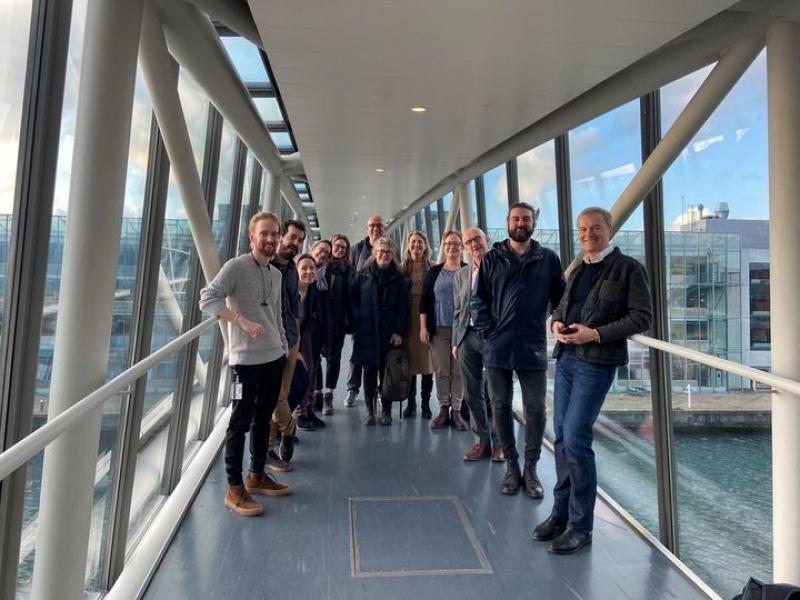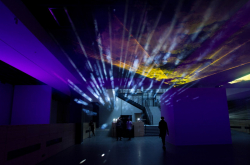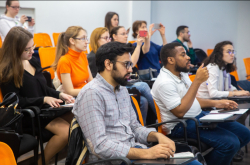Apart from ITMO University, the following universities are part of the project: Thomas Jefferson University (USA), University of Wolverhampton (UK), Aalborg University (Denmark), Hochschule Wismar (Germany) and KTH Royal Institute (Sweden). The second summer school will be held online and will cover the topic "Lighting for educational and office spaces". Hochschule Wismar (Germany) will be hosting the event.
About the project
The international project LIGHT4HEALTH has started in 2018 and is expected to last until 2021. Within its framework, a series of international summer schools, workshops and meetings is organized for students and teachers of partner universities with the aim of creating a unified educational course focused on health research in lighting design. The three educational modules that make up the course focus on indoor lighting for living spaces, lighting for work and/or educational environments and lighting in healthcare settings. Among the areas of scientific interest considered in the project are neurology, photobiology, neuroendocrinology, psychophysiology and psychology.
All six partners participate in the development of every educational module, each in its own part. After that, the module is tested at the international summer schools of the project by students. And then it is approved at workshops by the professional community. The conduct and organization of each new meeting is assigned in turn to one of the consortium partner universities. In 2019, the University of Wolverhampton, United Kingdom, hosted the first summer school on the topic "Indoor lighting for living quarters". The second summer school was planned to be held in August 2020 in Germany at Hochschule Wismar, but due to the coronavirus pandemic, the dates were postponed to October. The format of the meeting has also changed. Now the classes of the second summer school at Hochschule Wismar will be held online and will last five weeks: from the first week of October to the first week of November 2020.
The second summer school LIGHT4HEALTH is dedicated to lighting for workspaces and educational environments. The peculiarities of the perception of lighting will be investigated under various scenarios (for example, at different times of day or during stressful situations) and for different groups of users (such as children, youth, the elderly, people with disabilities), taking into account national and cultural characteristics, geographic zones and climatic conditions. The program of the second summer school is designed for one month of online lectures and practical classes and includes five educational modules. Each module lasts one week. Students may attend lectures and perform practical tasks at any time convenient for them. Every Friday during the entire training period, online consultations and discussions with teachers will be held on the covered material. Also, student teams will present the results of completed practical tasks. Work on the project will be carried out in international groups, which are going to include participants from different universities of the consortium – one from each university. In total, four training groups of 6 people will be organized.
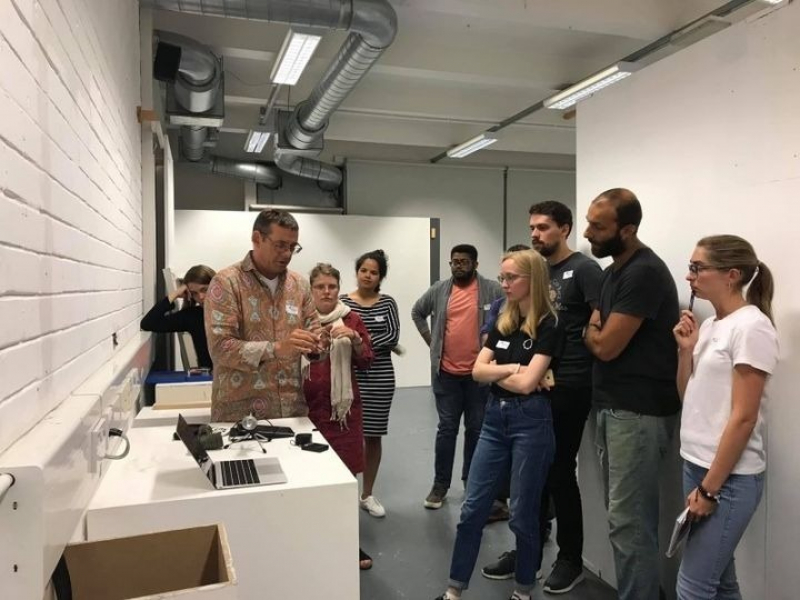
Five weeks – five training modules
The first week of the second LIGHT4HEALTH Summer School (module 1) will begin with a lecture on how to design lighting for workspace and learning environments (HSW). Students will be instructed about the features of daylight, types of artificial light sources at the workplace and at school, the quality of lighting and color reproduction. Summer School participants will be introduced to lighting standards (HSW, Daylight and WELL). They are also going to discover flickers and glares (unified glare rating) for artificial lighting, as well as good and bad examples of lighting projects in workspace and learning environments (TBD). During a practical exercise, students will have to measure daylight outdoors at different times of day (morning, noon and evening) and artificial lighting (general and on the surface of their work desk), as well as compare horizontal and vertical illumination, flickering effects and other parameters using a new generation spectrometer equipped with additional electronics and a fast photodiode for measuring flickering frequency, flickering index and flickering factor in addition to a wide range of standard photometric and colorimetric values.
The second week (module 2) will focus on visual and non-visual lighting metrics, using the spectrometer to measure spectral power distribution (SPD), data collection and the CIE Toolkit. In the course of practical tasks, students will continue to take measurements of artificial and natural light sources at different times of day and in different places using the illumination spectrometer; they will also analyze the acquired data, adjust artificial lighting (correlated color temperature, SPD and dimming), use the CIE Toolkit, and train other practical skills.
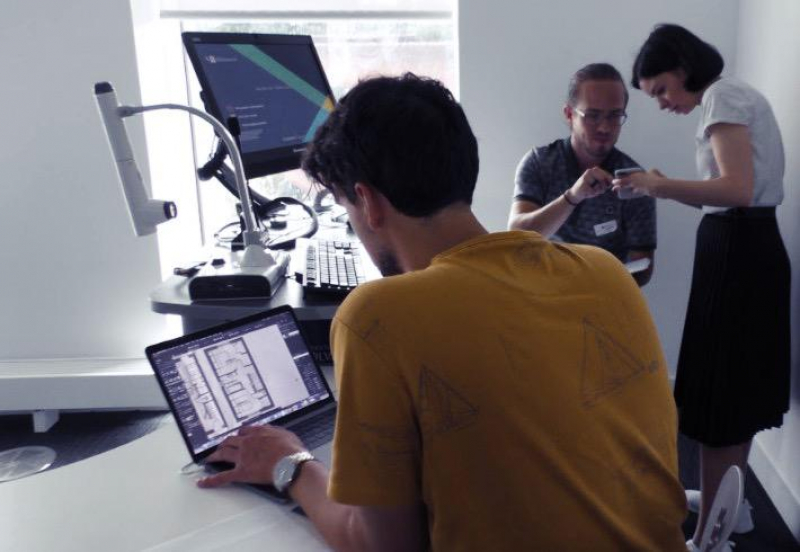
During the third week (module 3), the participants will explore the use of lighting metrics in lighting design to support the well-being at school and at the workplace. We will touch upon the subjects of the user-centered smart lighting design, dynamic lighting in classrooms and offices that creates a natural flow of light, as well as investigate a mixed method that explores the connection between light, behavior and sound. During the practical task, students will conceptualize, plan and implement their first small-scale spatial design solutions focusing on lighting for well-being and justify the chosen lighting techniques.
Weeks four and five (modules 4 and 5) are devoted to working on the final lighting design project. Students will put their knowledge and skills to practice, master additional lighting design tools, and compare the results of field studies to simulated case studies. The fifth week will end with presentations of final lighting design group projects (Lightplan) of an office or study space.
The 2020 second Summer School will be attended by teachers and students of the international Master's program in Lighting Design of ITMO University (CLD ITMO University), which is one of the active participants in the LIGHT4HEALTH international project.
“In order for a lighting environment to be comfortable for people, we have to consider both their physical shape and individual traits, for instance, their cultural background. For example, there are differences between the perception of colors, light intensity, as well as cold and warm light between people from northern and southern countries. Some researchers have found indications that gender differences also affect light perception. Knowing this, it becomes possible to create a comfortable lighting environment for various people in a single space,” says Natalya Bystryantseva, Head of the International Master’s program Lighting Design at ITMO University.
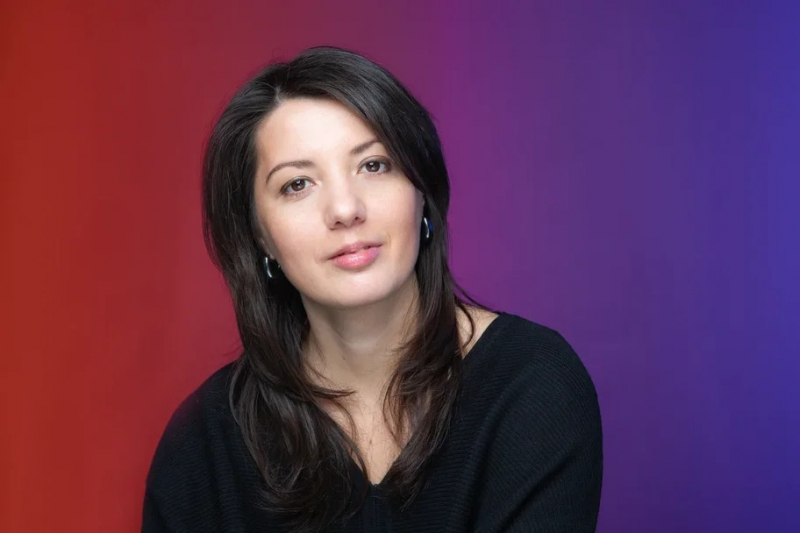
LIGHT4HEALTH: value for users and the industry
The coronavirus pandemic has slightly changed the timing of events within the LIGHT4HEALTH project, but the organizers hope that the third summer school in Copenhagen, Denmark will take place according to plan in the summer of 2021. The third and final school will be hosted by the Lighting Design Research Group of the Department of Architecture, Design and Media Technologies of Aalborg University in Copenhagen. It is going to top the cycle of meetings of the consortium partners and will be devoted to the impact of lighting on health and well-being in medical institutions.
The international LIGHT4HEALTH project will conclude in 2021 with the development and launch of a unique web-platform, which will collect the best educational practices, teaching materials, video lectures, interactive exercises and research methods on the effect of lighting on human health through the prism of lighting design. At the same time, it will be a platform where students, teachers, scientists and lighting designers will be able present their own research and thus influence the development of this area of scientific and practical knowledge. The platform's materials will help develop cutting-edge lighting projects for hospitals, schools, universities, offices and residential buildings, which are going to be focused on human well-being, thus improving the quality of illumination and lighting environment.
Access to the platform will be open to all parties interested in the project: members of the consortium, professional lighting designers, researchers, as well as students and teachers of the associated partners of the project, including VIA-Verlag company (Germany), Università Iuav di Venezia (Italy), Vicenza Institute of Architecture (Italy), Roma Tre University (Italy), The School of Digital Technologies at Tallinn University (Estonia), etc.
ITMO's Creative Lighting Department
